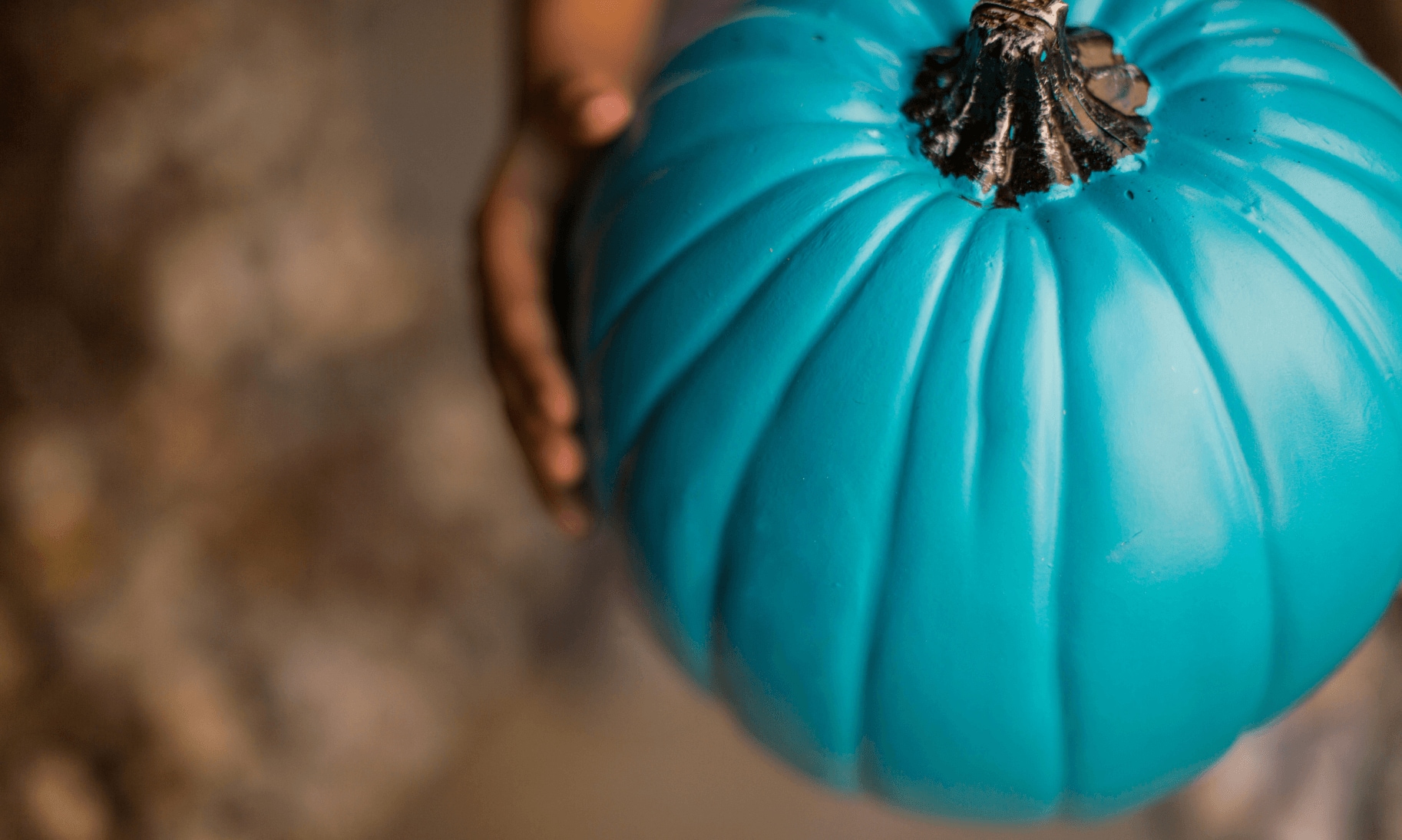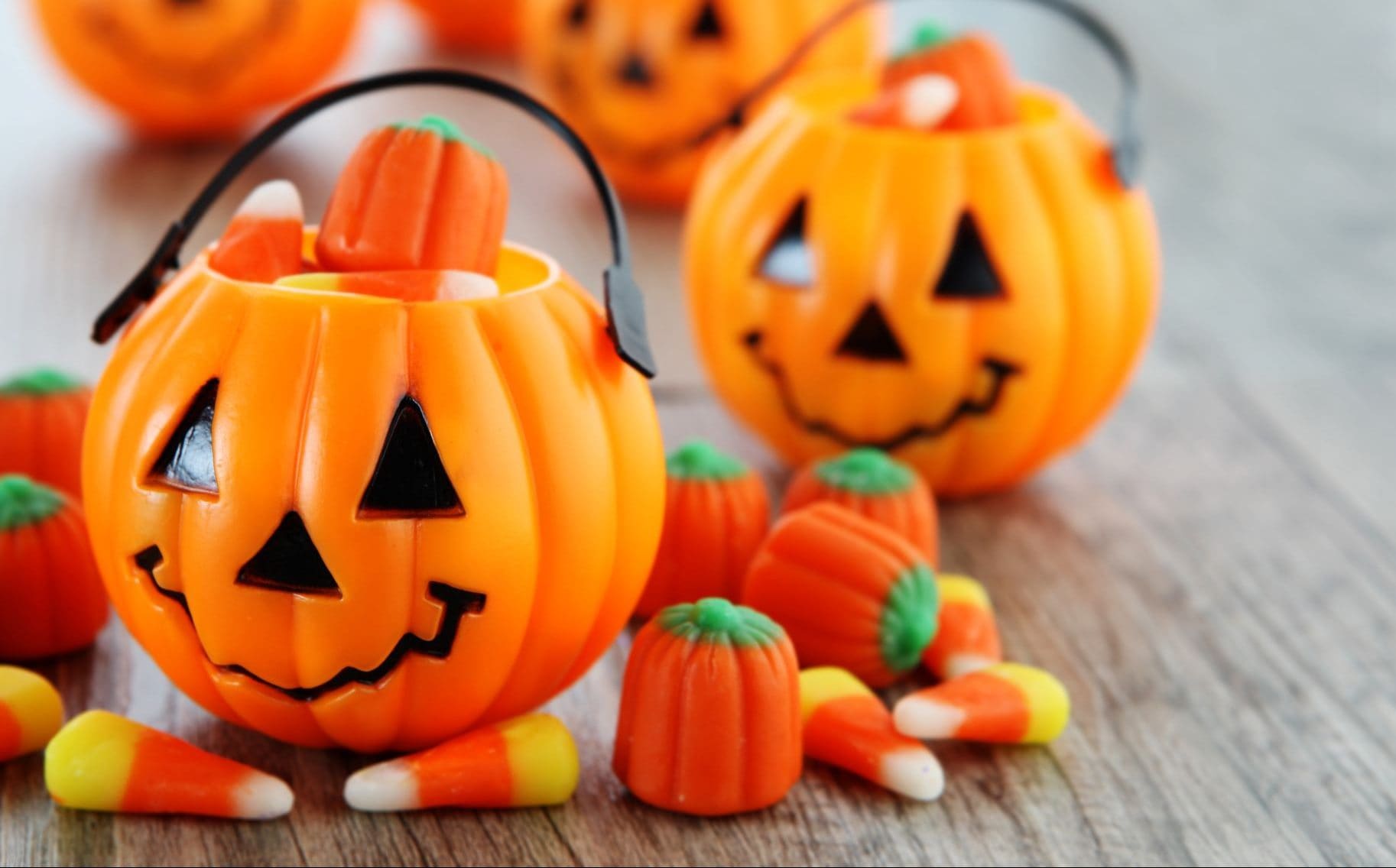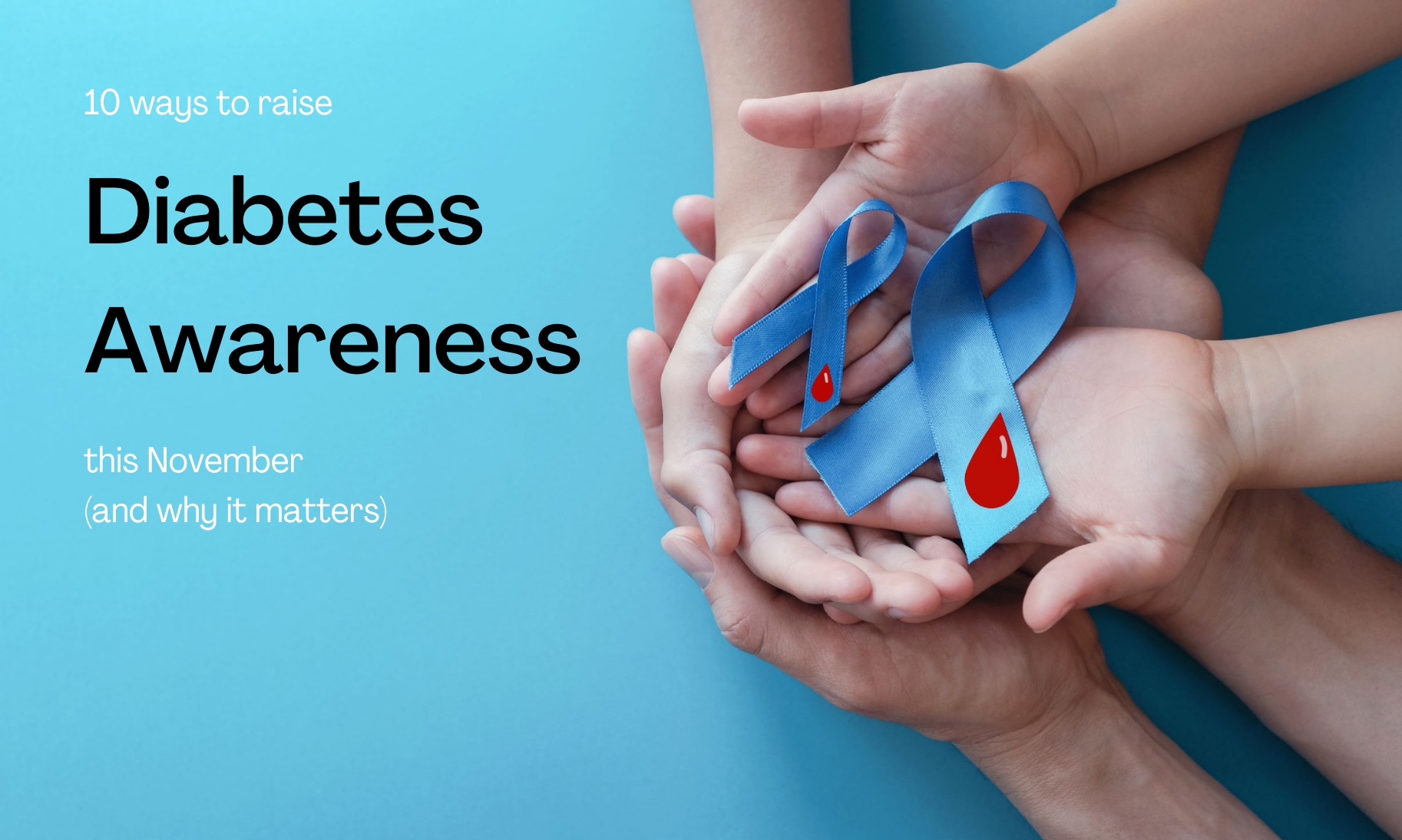The Teal Pumpkin Project and how it helps people with diabetes

My household is one of inclusion. Since my husband lives with type 1 diabetes and I’ve heard stories about how he just wanted to feel the same as everyone else growing up, we make sure to teach our kids that everyone has something unique about them and excluding someone from something due to a medical condition is not ok. That’s why I was so excited to hear about the Teal Pumpkin Project. Children living with diabetes can absolutely go trick-or-treating and get candy, but having the option to get something without sugar is also a great alternative and let’s be honest – is a parent’s dream! Even though my kids don’t have diabetes, I don’t need them wound up on sugar at 9pm at night either – the excitement of dressing up like superheroes is enough to kick their energy into high gear. Today, I’d like to introduce you to Lois A. Witkop, Chief Advancement Officer with the Food Allergy Research & Education to talk more about the Teal Pumpkin Project.
Kids of all ages love Halloween. For one night each year, everyone gets to play dress-up and visit the neighbors. But for youngsters who can’t share in the snacking, the emphasis on collecting sugary treats can dampen the Halloween spirit. FARE (Food Allergy Research & Education) launched the Teal Pumpkin Project in 2014 to make Halloween happy and safe for all, including children for whom candy isn’t an option.
Why Teal Pumpkins?
The Teal Pumpkin Project was inspired by a local support group, the Food Allergy Community of East Tennessee (FACET). In 2012, FACET director Becky Basalone painted a pumpkin teal – the color of food allergy awareness – to let trick-or-treaters know that non-food treats were available and safe for kids with food allergies. With Becky’s support, FARE has spread this campaign to millions of people across all 50 U.S. states and 14 countries.
While the Teal Pumpkin Project is rooted in the food allergy community, its inclusive spirit is shared with all children, especially kids whose trick-or-treating is limited by a special diet. Households that take part in the Teal Pumpkin Project offer Halloween happiness to children managing a range of medical conditions, including tens of thousands of youngsters with diabetes.
How Do I Participate?
Joining the Teal Pumpkin Project is easy. All you need is a teal pumpkin and a bowl of non-food treats. If no pumpkins are available, you can find free downloadable posters on the FARE website. Displaying a teal pumpkin signals that non-food goodies are available at your house. Another way to advertise your allergy-friendly address is to place a pin on FARE’s interactive Teal Pumpkin Project participation map.
Of course, being part of the Teal Pumpkin project doesn’t mean that you can’t hand out snacks. Many Teal Pumpkin Project families let trick-or-treaters choose: candy or a prize? Just remember to keep the snacks and trinkets in two separate bowls. If you’ve ever watched children open their goody bags at a birthday party, you know that non-food treats are popular, even with kids who love candy.
Some teal pumpkins come from a garden, others from a craft store, but all are fun to paint and decorate. For children who don’t have dietary restrictions, this creative activity is also a lesson in empathy: Some kids can’t eat candy, so we can share our fun by offering treats that are safe for them.
The 2017 goal of the Teal Pumpkin Project is for at least one home on every block to stock up on non-food treats and welcome all trick-or-treaters with a beautiful, blue-green pumpkin. This Halloween, we hope that children with special diets can spot a teal pumpkin on your doorstep, and smile.
For more information about the Teal Pumpkin Project, including free resources, please visit tealpumpkinproject.org.




